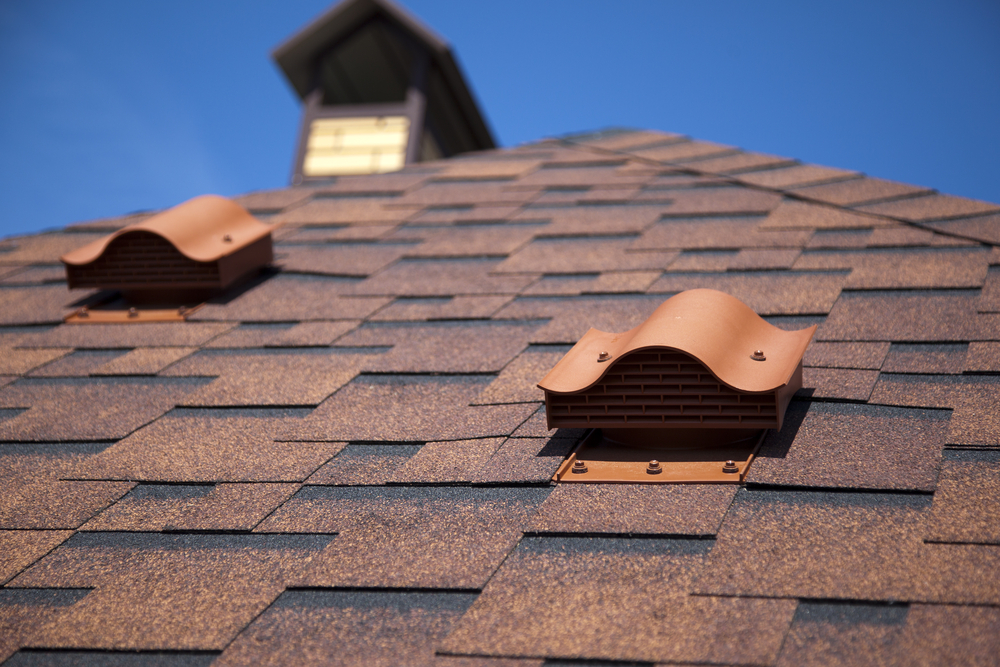The basic premise behind roof ventilation is that warm air rises. The sun warms the attic’s air during the summer. Attic air is warmed by your home’s heat during the winter. When cold air can flow into the attic near the eaves and out near the peak, excellent venting happens in either season. The vent area should ideally have a low and a high half. The ultimate goal is to have the attic space’s temperature and humidity levels correspond to those outside.
How to Vent Effectively
Soffit vents work well for intake air. Through hood vents or ridge vents, air can be let out passively. Air is drawn out of the attic using turbine vents, which harness the wind. The best air-movers are electric-powered vents, but they are rarely required. By letting air in or out, gable vents can be useful, but they typically don’t improve the attic’s air circulation.
Damage from moisture
Because most ceilings aren’t completely airtight, warm, humid air can seep into the attic. Condensation then develops on the roof sheathing and frame. That dampness encourages rot, which can seriously harm your home’s structural integrity. Additionally damaging is the possibility of the water dripping through the ceiling and onto it.
Vents become blocked
Frequently, trash, cobwebs, or errant insulation obstruct soffit vents. They can be removed with a leaf blower or a compressor and air nozzle. Take care of your eyes!
Reduce cooling expenses?
Sunlight causes attics to get extremely hot, and part of that heat is transferred to rooms below. Therefore, it makes sense to assume that improved ventilation would minimize the heat that is radiated and reduce the strain on your cooling system. However, the majority of studies only demonstrate marginal cost savings from better ventilation. Attic insulation addition is typically substantially more efficient.
Hot Roofs
A “hot roof” doesn’t need ventilation because the insulation is located right underneath the roof sheathing. The installation and design of a hot roof can be done carefully and without incident.
Shingles that stay cooler longer
Asphalt shingles deteriorate over time, especially in the heat of Las Vegas. They are kept cooler by ventilation, which increases the lifespan of the roof. Ventilation matters most in hot, sunny places, although its impact on shingle life depends on a variety of conditions, mainly the temperature. If roof venting requirements aren’t satisfied, the majority of shingle manufacturers cancel their warranties.
How much is sufficient?
According to building requirements, there must be one square foot of vent space for every 300 square feet of attic floor. That is presuming that half of the vent area is high on the roof and the other half is low (in or near the eaves). If not, the vent area must be doubled (1 per 150 sq. ft.) There is no such thing as too much ventilation; these are only minimal needs.
Contact us
To get started on installing roof ventilation onto your home, give us a call now!


